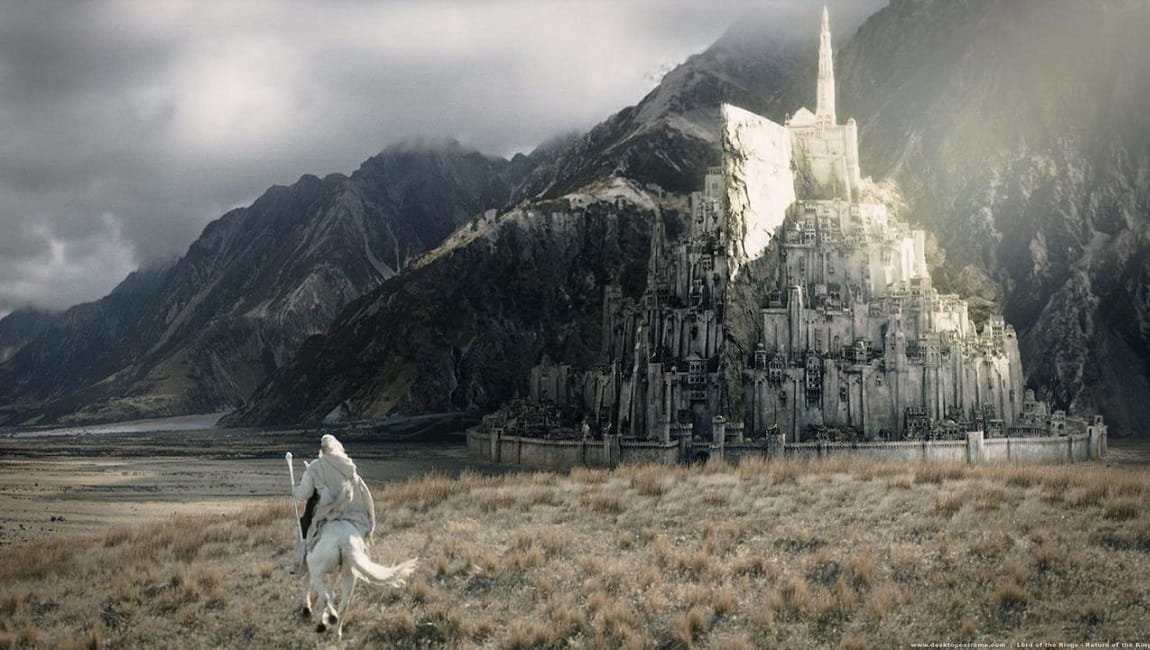The Lord of the Rings: The Return of the King — Peter Jackson
For better and for worse, Jackson’s demonstration of episodic filmmaking’s ability to have its cake and eat it too has proved an artistic decision that continues to reverberate through 21st-century blockbuster filmmaking.

The great director Paul W.S. Anderson expressed irritation in his commentary track on Alien vs. Predator (2004) to the common descriptor used to label films with relentless energy and unceasing action as “roller coaster” rides. The description misses the source of the thrilling catharsis of amusement park rides: the anticipatory climb before the descent into action. A binary of action can be inferred from Anderson’s casual opining: those that synthesize the action with other artistic ambitions, and those that use action as both a means and an end. Peter Jackson’s The Lord of the Rings: The Return of the King, one of the highest-grossing films ever made and the culminating entry of the modern epic, challenges that binary. It’s both a roller coaster in the more accurate description and an onslaught of what can only be called big filmmaking — the type we should resist applying the amusement ride analogy to in the first place. In this, The Return of the King is about as pure of a spectacle as Hollywood has ever produced: able to capitalize off two films of ascension only to offer pure thrill for nearly four hours (in the extended edition). For better and for worse, Jackson’s demonstration of episodic filmmaking’s ability to have its cake and eat it too has proved an artistic decision that continues to reverberate through 21st-century blockbuster filmmaking.
Few movies have ever loomed so large over an era and type of filmmaking as Jackson’s Lord of the Rings. And like all multi-part films, no entry in the trilogy stands on its own — and this will always be their great bane. With that caveat aside, The Return of the King stands apart from The Fellowship of the Ring and The Two Towers not just by virtue of satisfactorily closing out the nine to eleven hours (depending on which editions one prefers), but also for the complete pivot to pure spectacle. It also benefits from featuring several largely self-contained narrative and character arcs: the riff between Frodo (Elijah Wood) and Sam (Sean Astin), the realization of Aragorn (Viggo Mortensen) as the face of a monomyth, the development of Merry (Dominic Monaghan) and Pippin (Billy Boyd) into individual personalities instead of interchangeable comedic reliefs, the entirety of Denethor’s (John Noble) tragedy, and the best of Sméagol/Gollum (Andy Serkis). The strength of these individual threads are served well by the film’s writing structure, which meets the climax of Jackson’s vision and helps establish the final film as a classic blockbuster.
Continue reading at In Review Online.